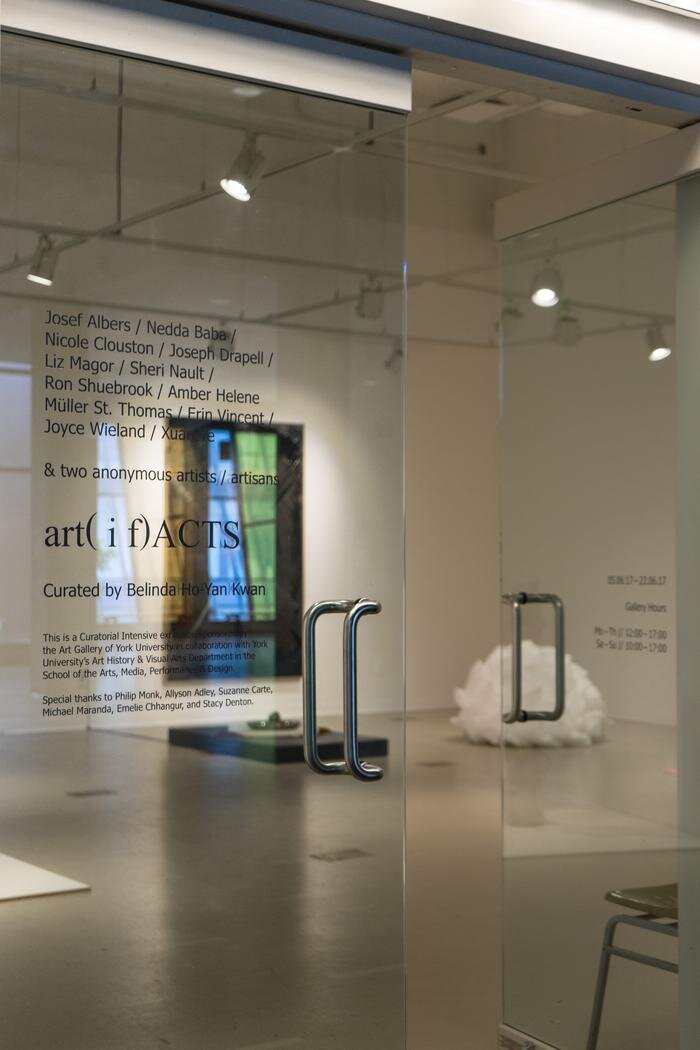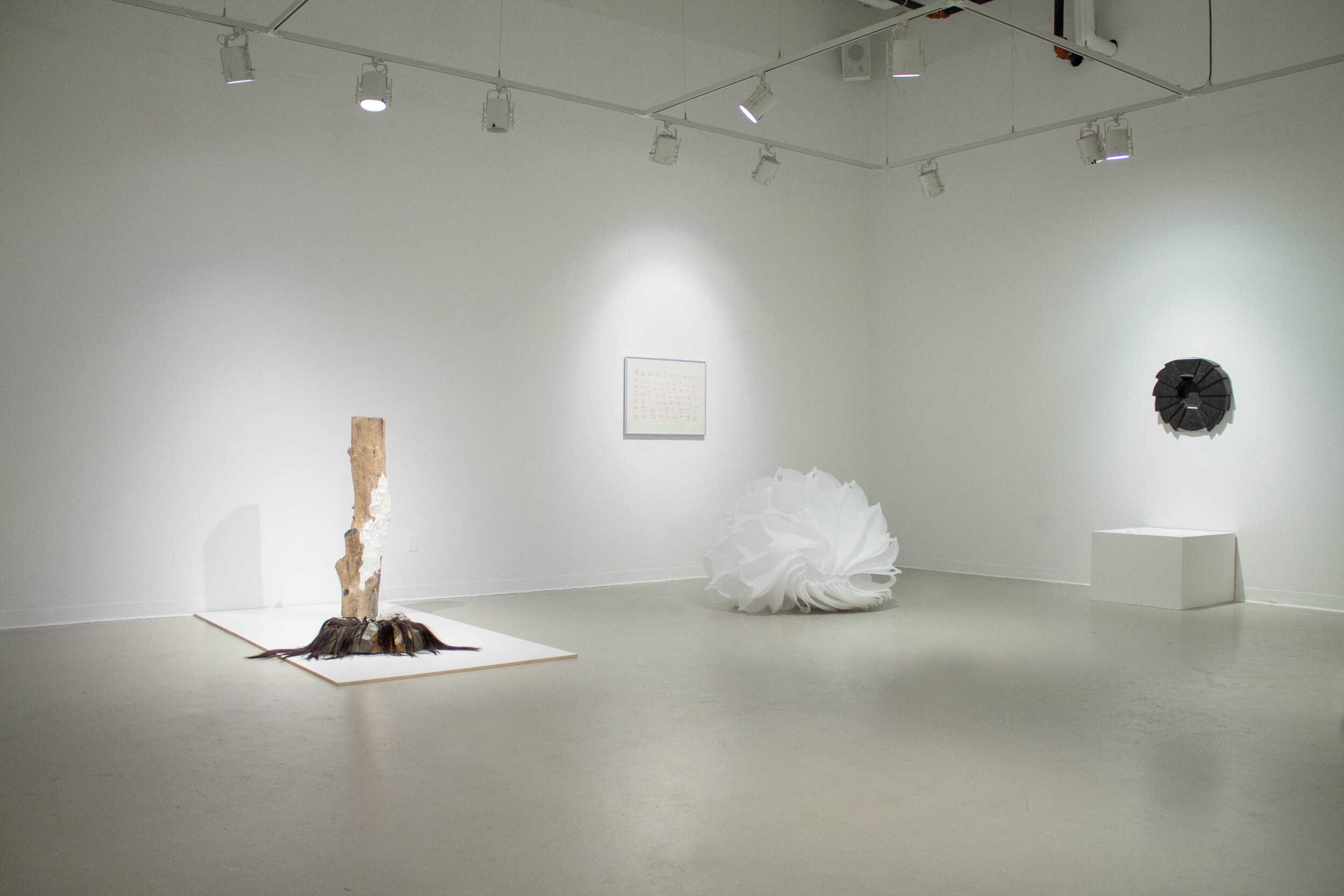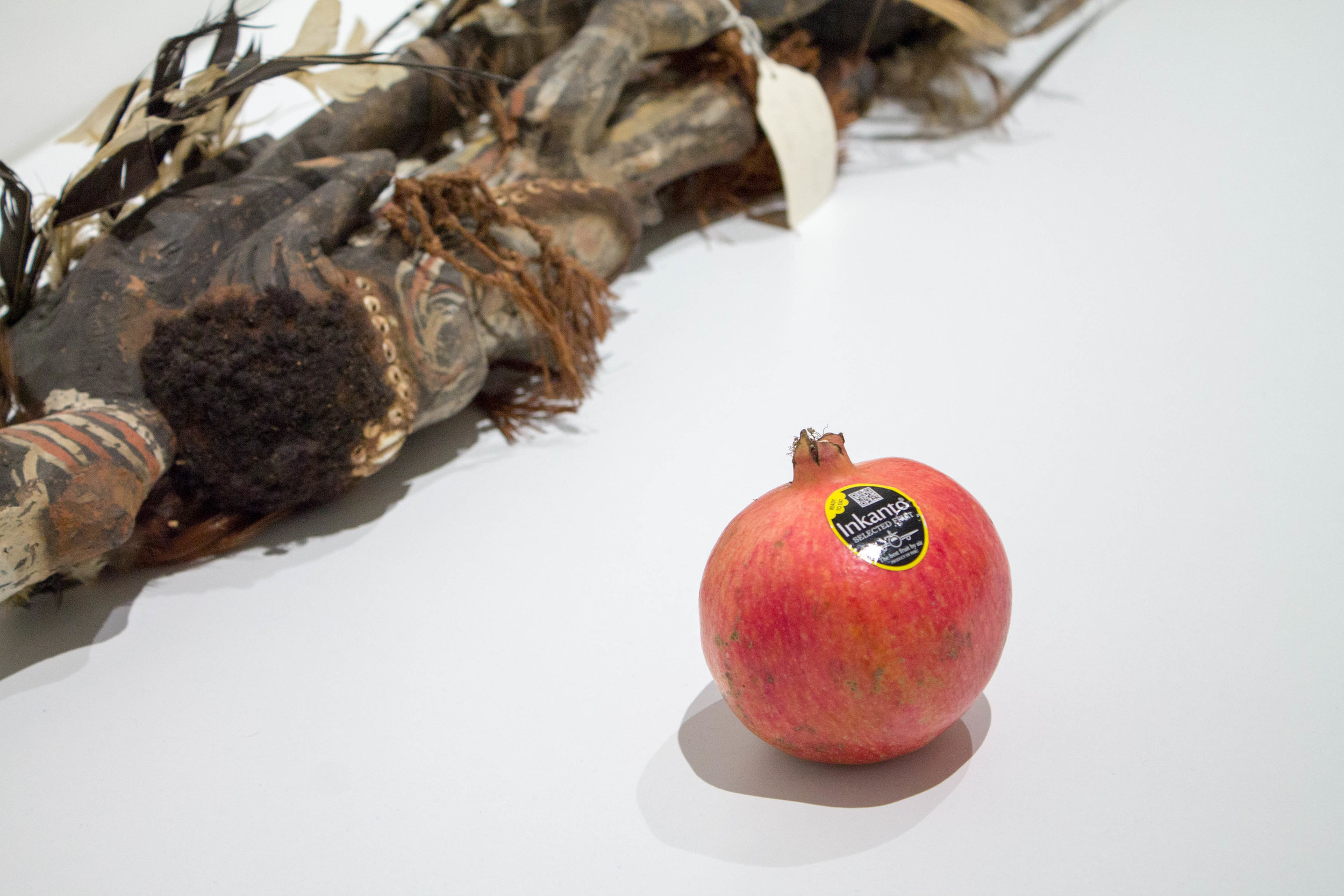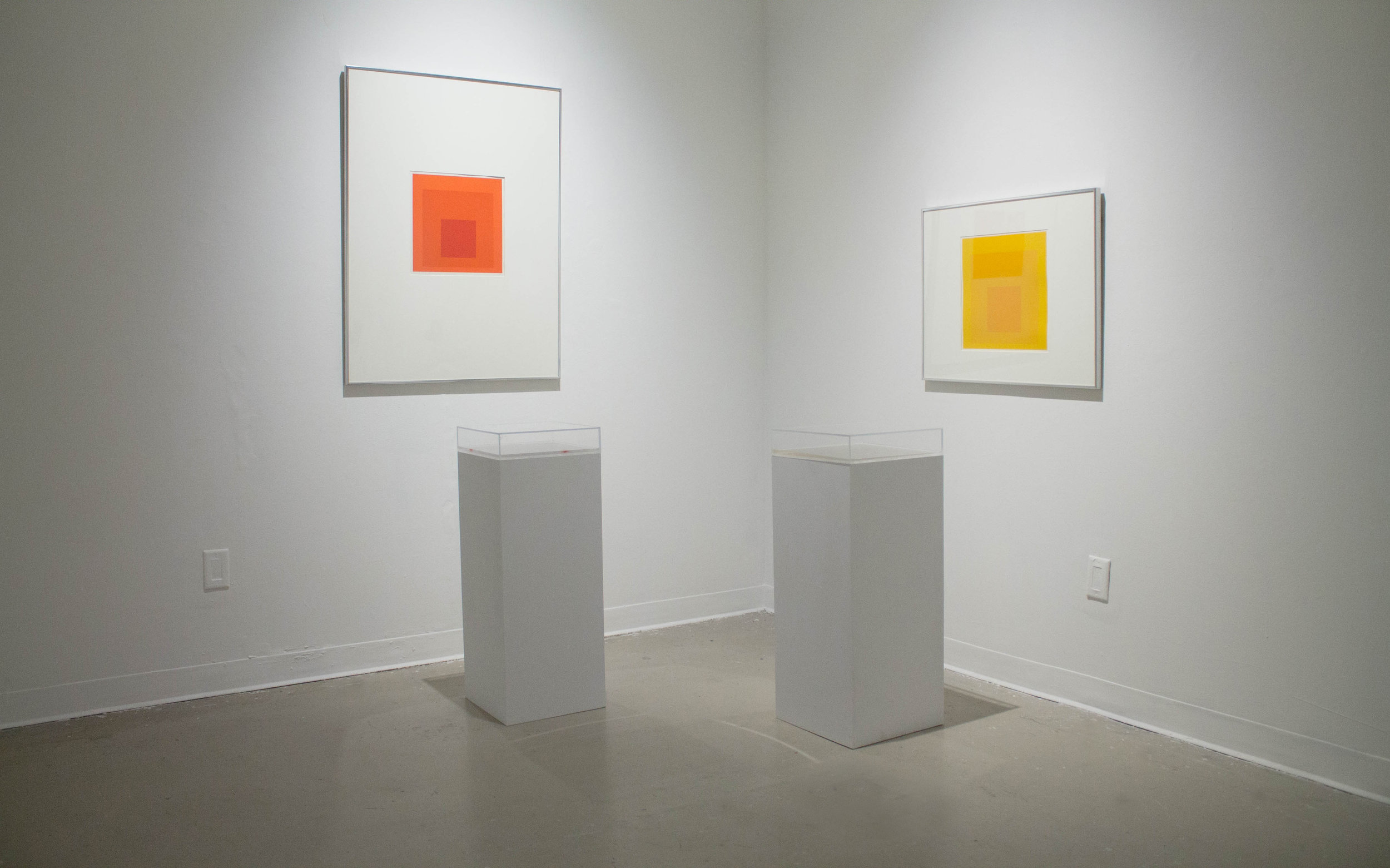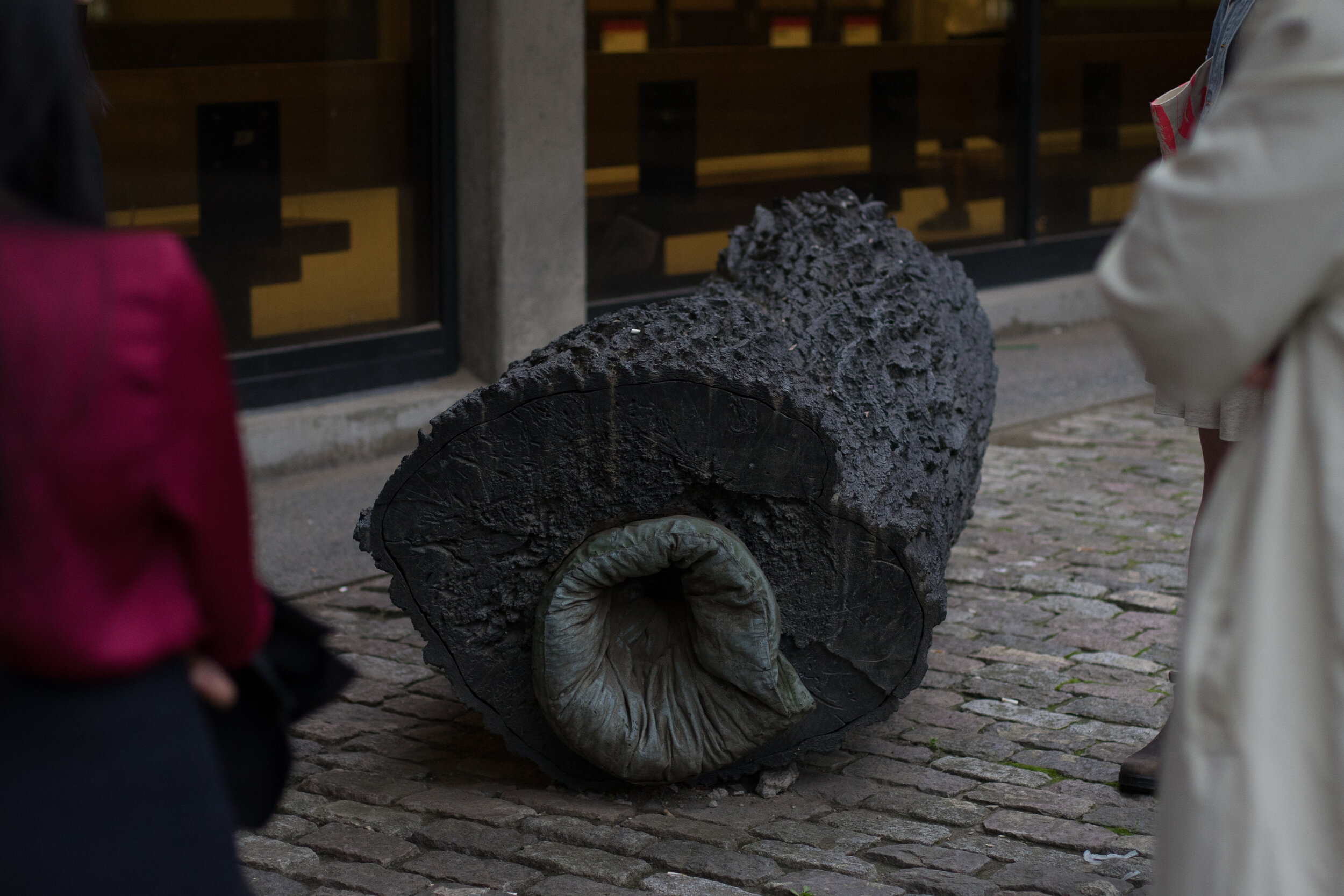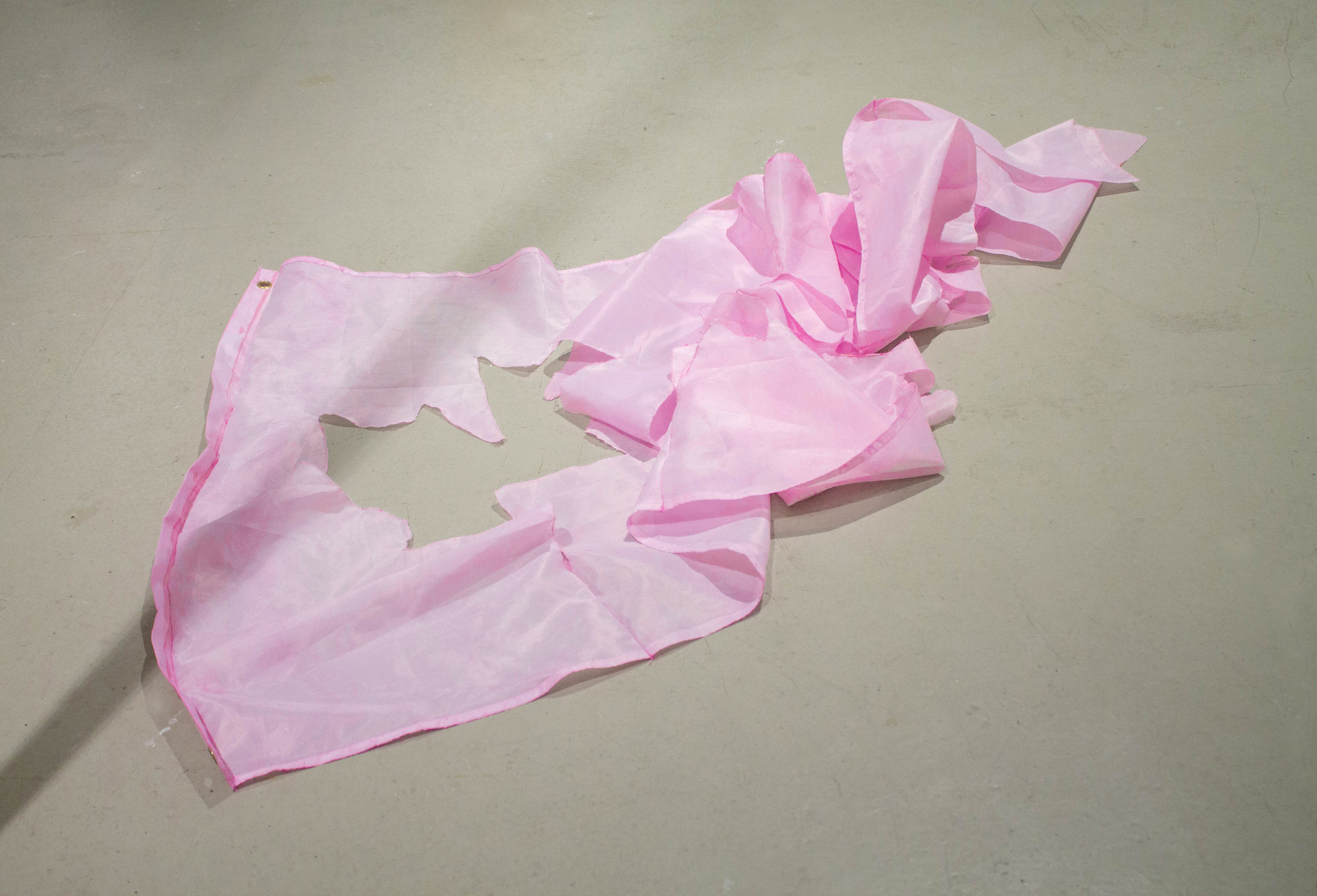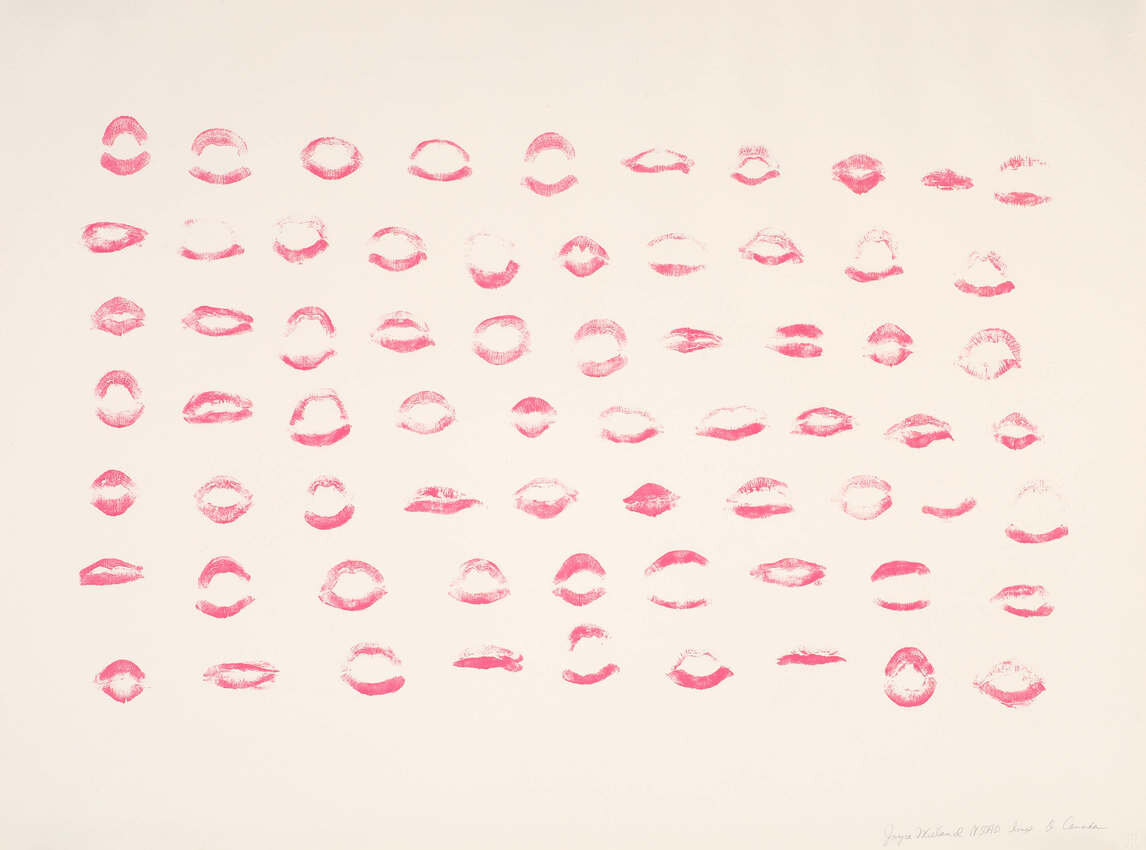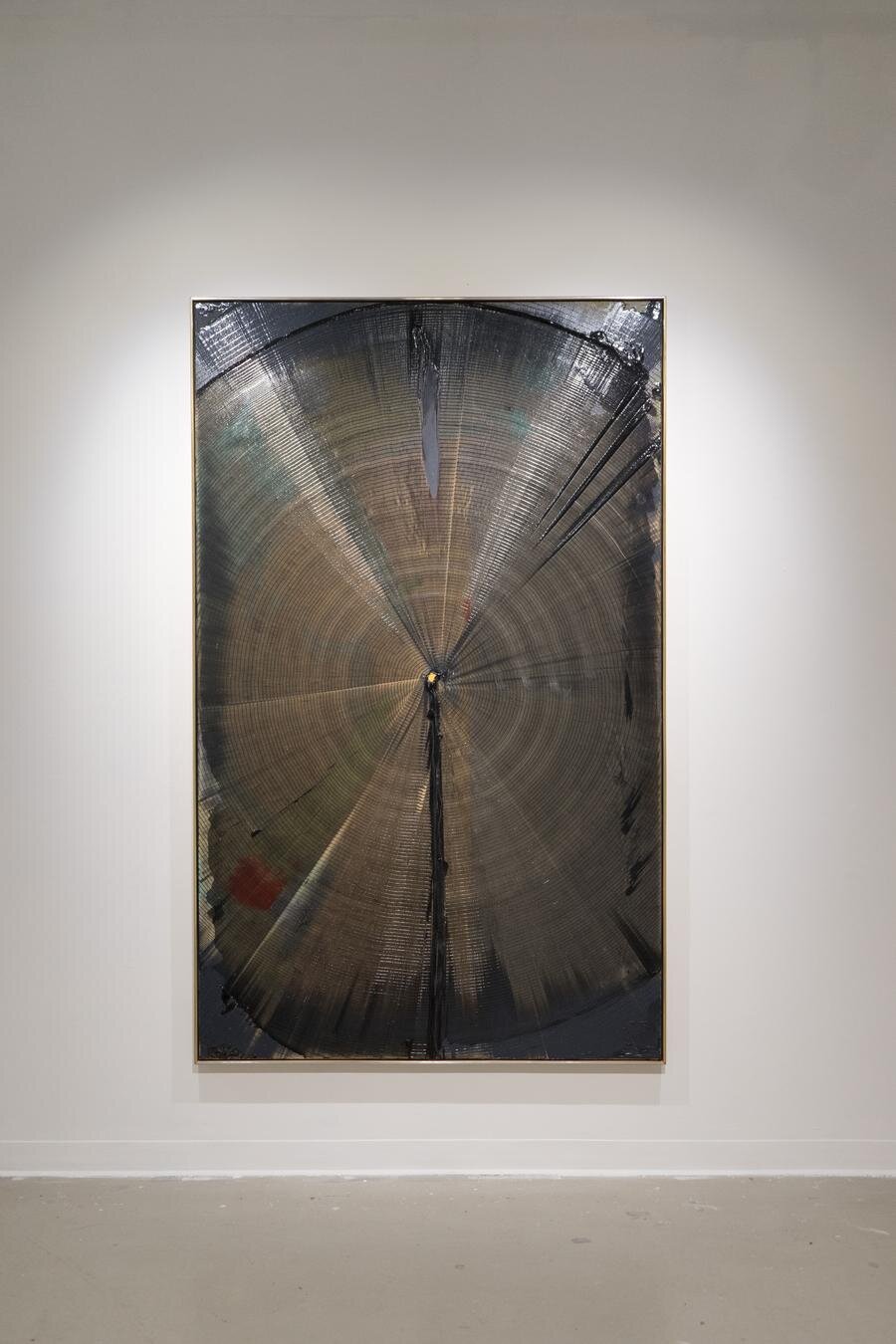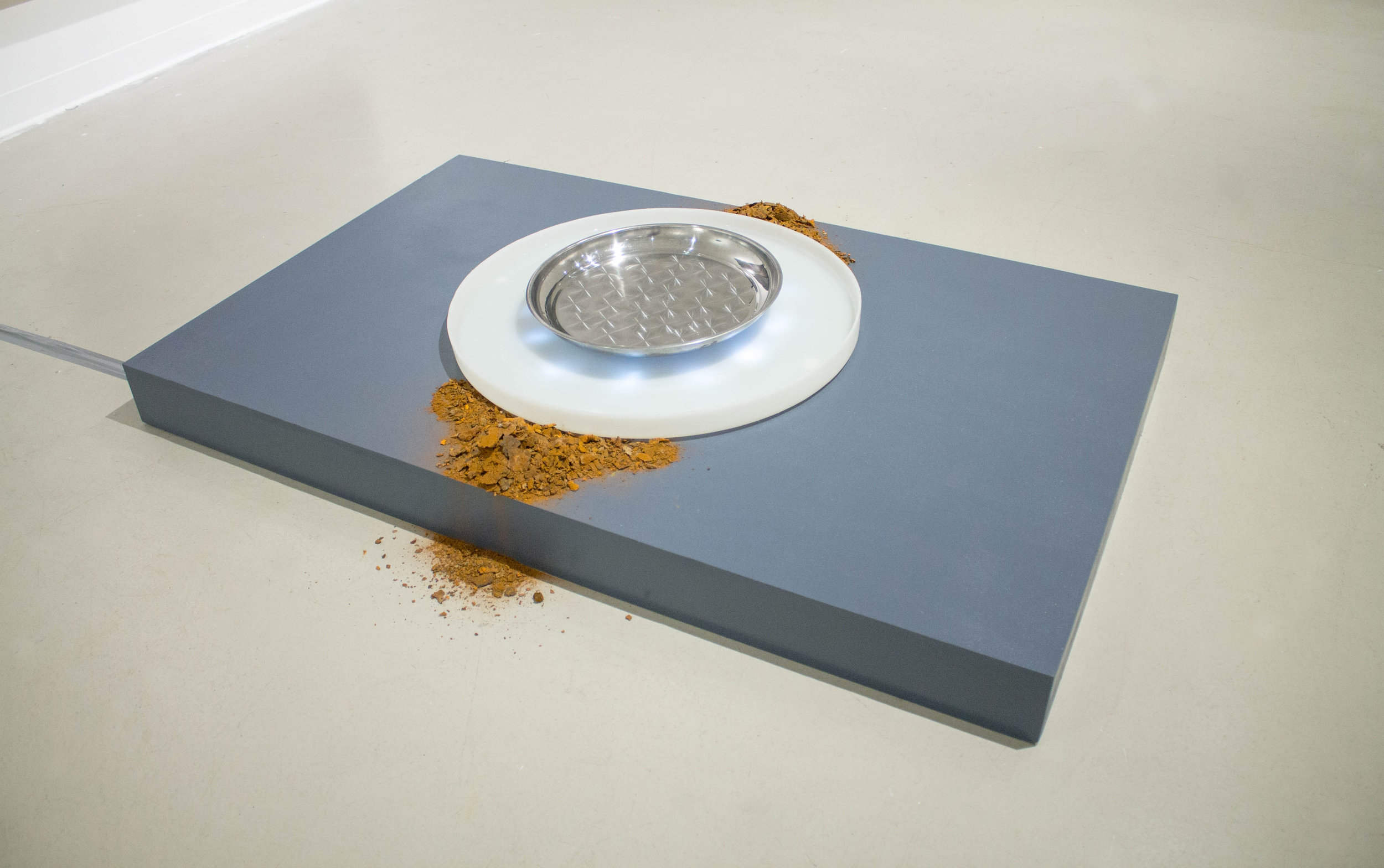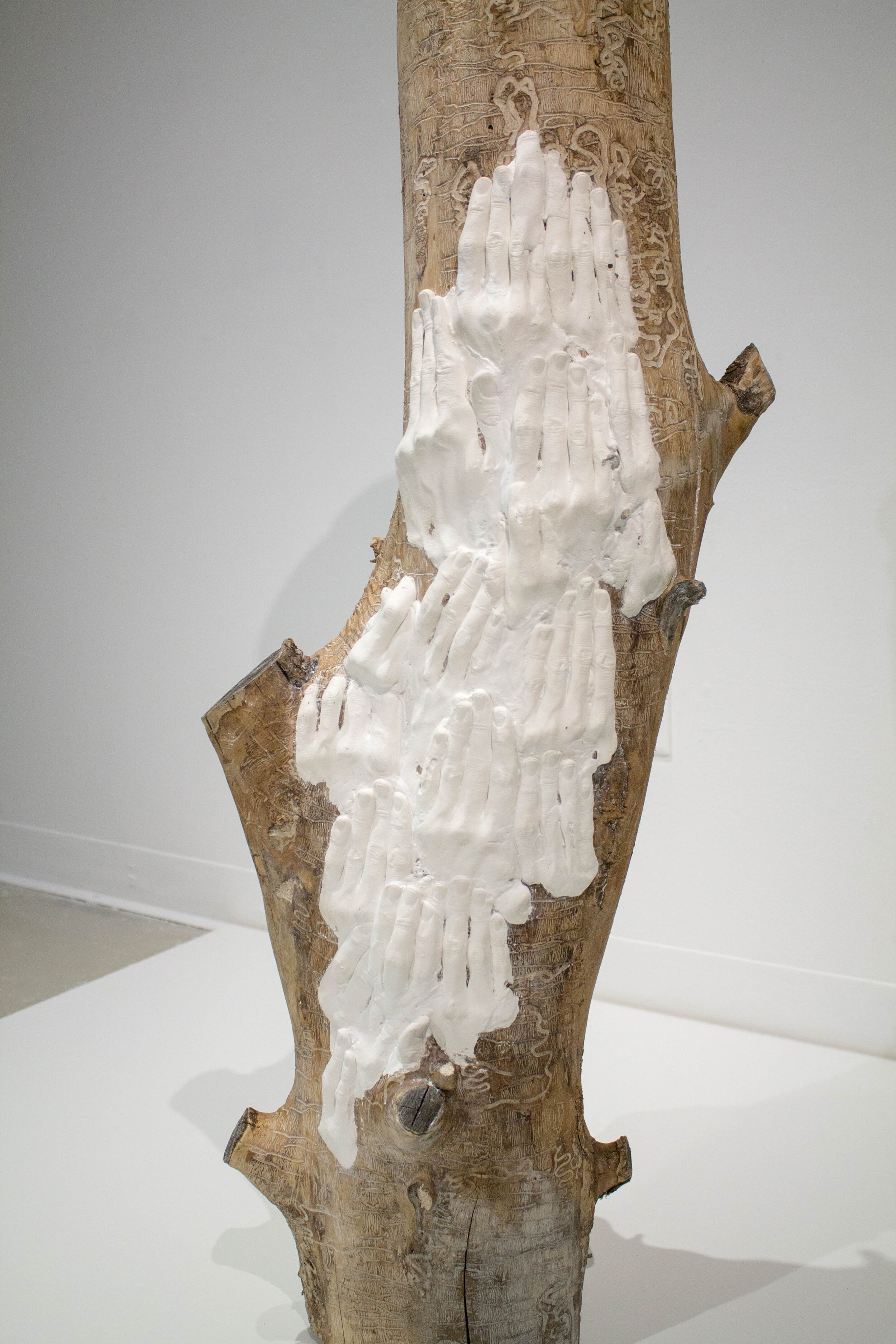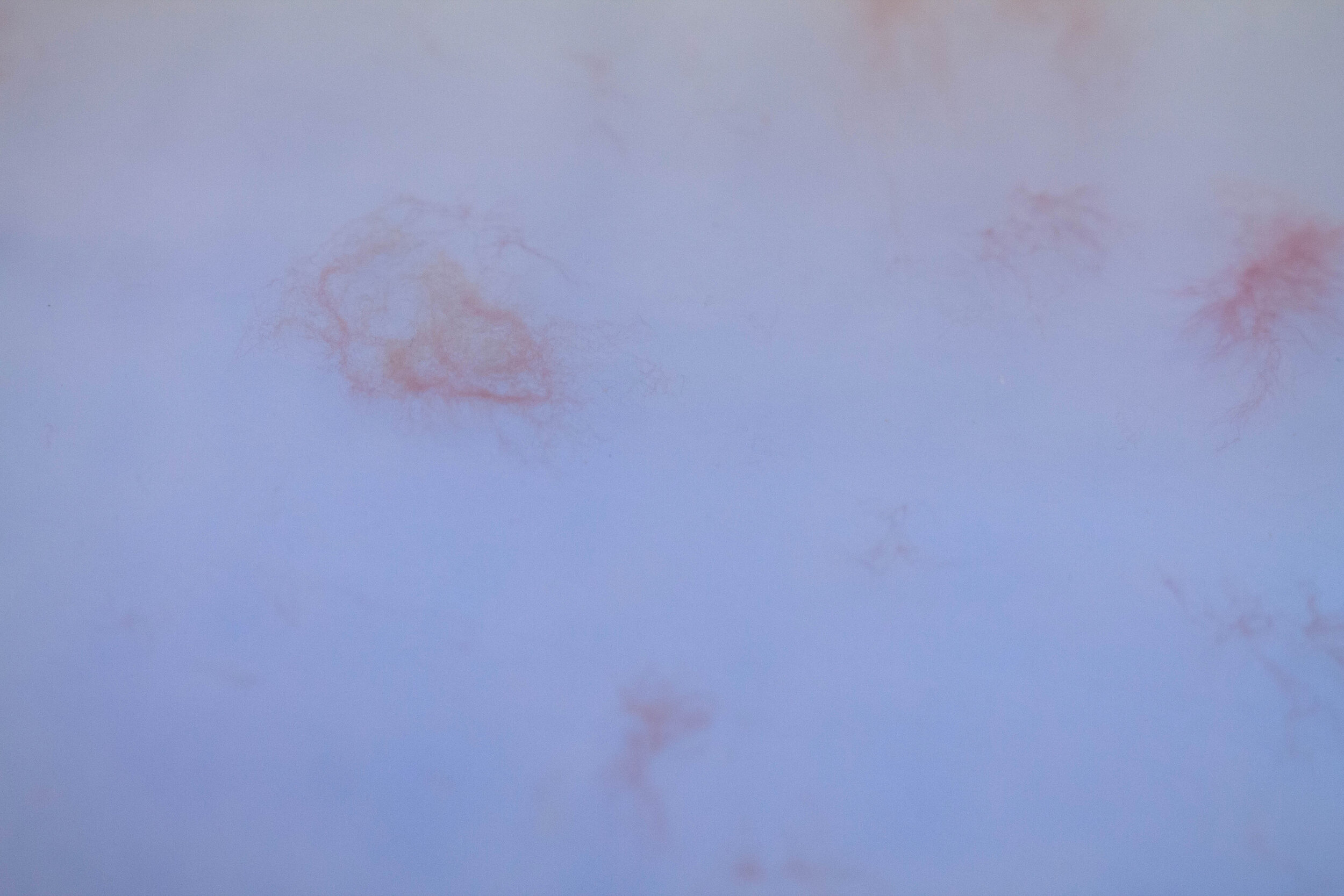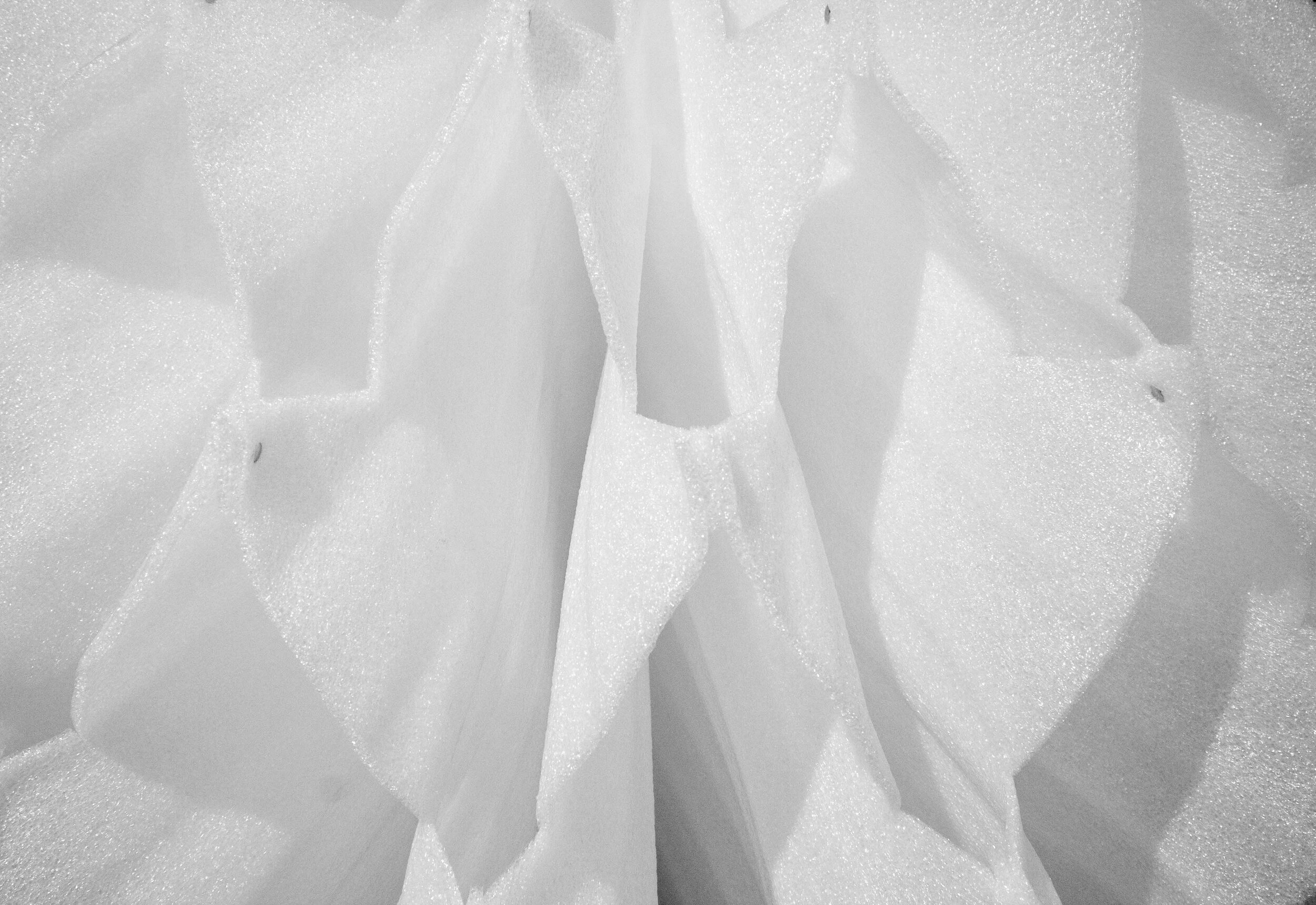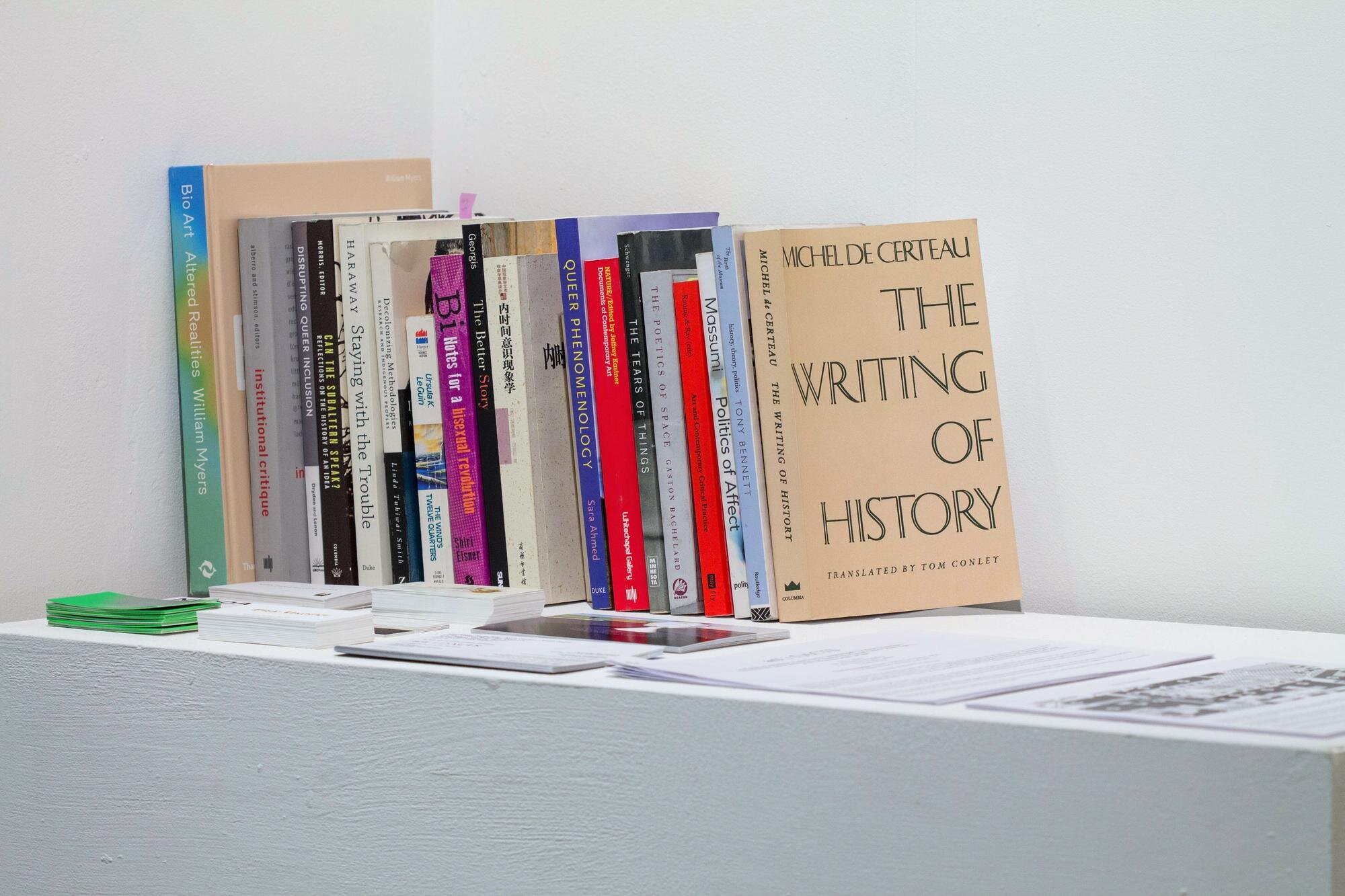art( i f)ACTS
Josef Albers / Nedda Baba / Nicole Clouston / Joseph Drapell / Liz Magor / Sheri Nault / Ron Shuebrook / Amber Helene Müller St. Thomas / Erin Vincent / Joyce Wieland / Xuan Ye
& two anonymous artists / artisans
Gales Gallery
105 Accolade West Building
York University, Keele Campus
Toronto, Ontario
Opening reception: Monday, June 5th, 2017 from 4-9PM.
The exhibition runs until June 22nd, 2017.
Curated by Belinda Ho-Yan Kwan
In The Writing of History (1988), Michel de Certeau famously outlines how claims to history and truth act as apparatuses for the contemporary acquisition and execution of power. Contemporary historians, active in the process of interpreting traces of the past, unavoidably insert present and personal stakes into distant, once-embodied events. Historiographic operations therefore write their own contemporary narratives, rather than providing clear-cut access to bygone manifestations.
Using de Certeau’s insight as a point of departure, art( i f)ACTS examines historiography as a radical practice: an active process with the potential to unfold new possibilities for being and knowing, or an exit strategy in response to institutionalized narratives and power relations.
As a case study, contemporary artists hailing from York University’s MFA & PhD Visual Arts programs have been commissioned to explore and respond to the Art Gallery of York University (AGYU) collection: Nedda Baba, Nicole Clouston, Sheri Nault, Amber Helene Müller St. Thomas, Erin Vincent, and Xuan Ye extrapolate from works by Josef Albers, Joseph Drapell, Liz Magor, Ron Shuebrook, Joyce Wieland, and two anonymous artists/artisans to develop new artistic formations, and possibly new epistemes, by which to understand the AGYU collection.
With this project, historiography occurs through several artistic and curatorial praxes. These seek to question the institutional legacy of the AGYU collection through sensory, material, and lexical methodologies:
Curatorial practice as poetic data analysis. Today’s art collections depend on highly digitized information systems. Despite technological advancement, collections data continues to be influenced by human errors, biases, and interpretations. A publication by the curator exploits these contingent factors in her curatorial process: mining them for literary value, and treating poetic exploration as a virtual database.
Anatomical-botanical grafting. Sheri Nault’s sculptures explore the co-habitation of nature and culture in conversation with Liz Magor’s Keep (2000), a bronze-casted log stuffed with a sleeping bag. While Keep evokes nature as a retreat for the fugitive, misanthrope, and the disenfranchised, Nault’s sculptures prosthetically suture human and botanical forms. Using a combination of synthetic and natural materials, Nault extends Magor’s concepts of vulnerability and protection to suggest interdependency in the face of nature-culture dualism.
Microbial colour theory. In Nicole Clouston’s work, bacterial cultures deposit pigment into glowing square prisms, mimicking two paintings from Josef Albers’ Homage to the Square series, SP-J (1971) and IS-F (1970). These are painted with yellow and red pigments – typically some of the most toxic and difficult tones to create. Using two different species of algae, Clouston produces similar hues through biological processes, without harmful properties. Viewers’ interactions with and around Clouston’s work will alter how the algae grows, referencing one’s bodily connection to a world teeming with life and our responsibilities towards it.
Hydro-cymatics. Xuan Ye translates a personal archive into a soundtrack by consecutively shifting from object to photograph to binary code to audio software to speaker. Her explorations of vibrational phenomena mirror the painterly strokes of Joseph Drapell’s Of the Island (1967). Both surrounded by bodies of water, Drapell’s island and Ye’s soundtrack reverberate in visual-sonic harmony.
Sound-making/tracing trade politics and its consumers: Nedda Baba’s recent practice explores fruits that have been important to her family’s experiences of nostalgia. In Baba’s installation, the consumption of a pomegranate gestures toward the voided history of two Papua New Guinean tourist trade objects from the collection. Probing the complexities of travel, migration, import, and export, Baba notes that, like the items from the tourist trade, the pomegranate’s origins are lost in its journey to the Western consumer.
Queer vexillology: By making queer flags and other symbols of her sexuality, Amber Helene Müller St. Thomas interrogates the shape-shifting notions of nationalism, sexuality, and gender in Joyce Wieland’s O Canada. Attributing her discomfort with nationalism to the political, religious, and somatic tensions in her familial and personal histories, St. Thomas asks: how do nationalism and its sensory-symbolic representations dictate embodied experiences such as queer and gendered subjectivities? What implications arise when a radical view such as feminism or queer pride is canonized and adapted to a nationalistic ideology? Can ideologies such as nationalism be turned on its head with the counter-production of symbols?
The autonomization of art packaging: By prioritizing the care of works in a collection, arguably fascinating characteristics of art storage are easily dismissed as obstacles or eyesores to revered artworks in an archive. Erin Vincent’s visits to the vault, influenced by the rows of art racks and piles of packaging that punctuate the AGYU collections, result in foam form – 1. This mobile sculpture rolls across the room – freed from static storage – as an evolved cross-section of a Ron Shuebrook sculpture, questioning its own treatment, lifetime, and purpose as a form constructed out of sub-art polyethylene packaging material.
For more information:
The Art Gallery of York University (AGYU) is a public, university-affiliated, non-profit contemporary art gallery supported by York University, the Canada Council for the Arts, the Province of Ontario through the Ontario Arts Council, the City of Toronto through the Toronto Arts Council, and by its membership.
For more information, please visit www.theAGYUisOutThere.org.

